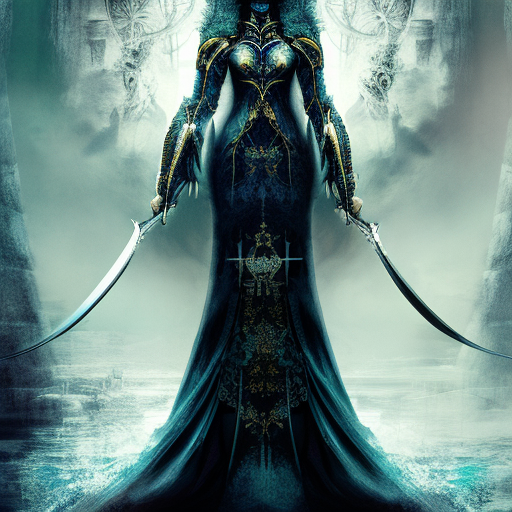The Other Queen: A Tale of Intrigue and Betrayal
In “The Other Queen” by Philippa Gregory, the captivating historical fiction novel takes readers back to the tumultuous reign of Queen Elizabeth I. Set in the 16th century, the story follows the life of Mary, Queen of Scots, as she navigates the treacherous political landscape of England. Filled with intrigue, betrayal, and the struggle for power, this gripping tale sheds light on the complex relationships between the queens and the men who sought to control them.
A Queen in Captivity
The novel begins with Mary, Queen of Scots, being held captive in England after fleeing Scotland. Elizabeth I, the reigning queen, fears Mary’s claim to the English throne and keeps her under close surveillance. Mary’s captivity becomes a focal point of the story, as she yearns for freedom and plots to regain her crown. Despite her confinement, Mary remains a formidable presence, using her intelligence and charm to manipulate those around her.
The Power Struggle
“The Other Queen” delves into the power struggle between Elizabeth I and Mary, Queen of Scots. Both women are determined to assert their authority and secure their thrones. Elizabeth, known for her shrewdness and political acumen, is wary of Mary’s popularity and the threat she poses. Meanwhile, Mary, with her beauty and regal demeanor, attracts the loyalty and support of various factions within England.
As the story unfolds, the rivalry between the two queens intensifies. Elizabeth’s advisors, including William Cecil and Francis Walsingham, constantly scheme to undermine Mary and protect their queen’s reign. Mary, on the other hand, relies on her supporters, such as the charismatic George Talbot, Earl of Shrewsbury, and his wife, Bess of Hardwick, to navigate the treacherous waters of court politics.
A Web of Betrayal
Betrayal is a recurring theme in “The Other Queen.” Mary’s own courtiers, including her secretary, David Rizzio, and her third husband, the Earl of Bothwell, prove to be unreliable and driven by their own ambitions. The novel also explores the strained relationship between Mary and her cousin, Elizabeth, as they struggle to balance their familial ties with their political aspirations.
Amidst the political machinations, romantic entanglements add another layer of complexity to the story. Mary’s relationships with Bothwell and the dashing Sir Robert Dudley, a favorite of Elizabeth’s, are fraught with passion and danger. These love affairs further complicate the already intricate web of alliances and betrayals.
Ultimately, “The Other Queen” paints a vivid picture of the challenges faced by powerful women in a male-dominated world. It highlights the sacrifices, manipulations, and resilience required to survive and thrive in a realm where loyalty is fickle and trust is scarce.
- Mary, Queen of Scots, and Elizabeth I engage in a fierce power struggle.
- Betrayal and political intrigue are central themes in the novel.
- The novel explores the challenges faced by powerful women in a male-dominated society.
“I am a queen, and I demand to be treated as such.”
“The Other Queen” is a gripping historical fiction novel that brings to life the captivating story of Mary, Queen of Scots. Through its richly drawn characters and intricate plot, the book offers a fascinating glimpse into the world of 16th-century England. With its themes of power, betrayal, and resilience, this tale of two queens will leave readers enthralled until the very last page.












